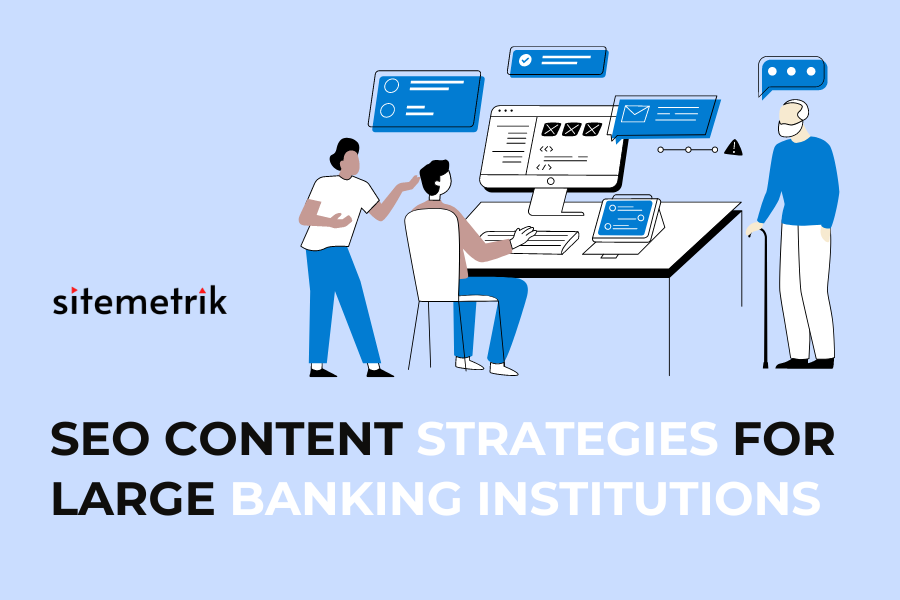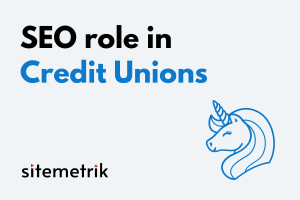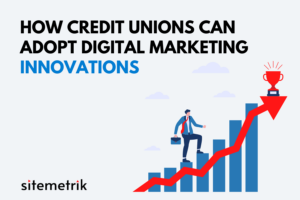Engaging the Digital Customer: SEO Content Strategies for Large Banking Institutions
The advent of digital technologies has brought about ongoing change in the banking and financial sector. As technology becomes a more essential component of financial services, big banks need to keep up with the times to be competitive and offer satisfying client experiences. In order to facilitate clients’ online searches for pertinent information, banks need to devise tactics for optimizing their websites for search engines, or SEO. Maintaining competitiveness in the ever-changing banking and finance industry necessitates a strategic strategy. Big banks are using SEO content techniques to their advantage in order to successfully navigate the digital space. Adopt cutting-edge tactics to maximize your internet visibility and make sure clients can quickly obtain the information they need. Make the most of SEO content tactics for banks to stay ahead in the digital age.
What is SEO?
Search Engine Optimization (SEO) is a crucial aspect of digital marketing that aims to improve a website’s visibility on search engine result pages (SERPs). It involves optimizing various elements on a website, such as:
- Content
- Keywords
- Meta tags
- User experience.
SEO focuses on understanding user search intent, optimizing for relevant keywords, and providing high-quality content that meets user needs. It also involves technical optimizations, link building, and strategic use of analytics tools to track and measure the effectiveness of SEO efforts. Implementing effective SEO for banks can increase online visibility, drive more organic traffic, and attract potential customers actively searching for financial services.
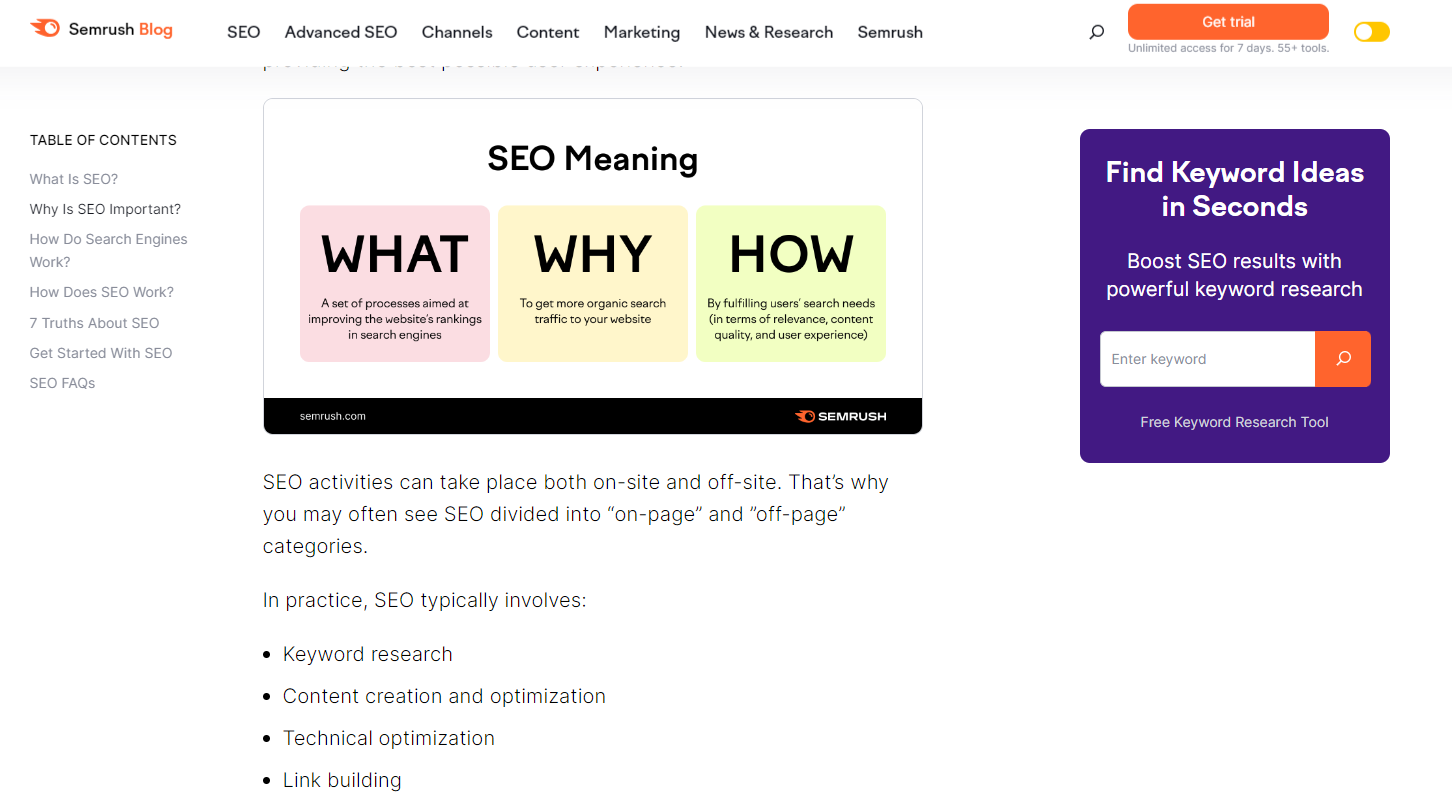
Source: https://www.semrush.com/blog/what-is-seo/
The Banking Sector in Today’s World
The banking sector has witnessed significant shifts over the past years, the most notable being the impact of the COVID-19 pandemic. As consumers adapted to lockdown measures and social distancing, there has been an increased reliance on digital services within the banking industry.
The pandemic has accelerated the adoption of online banking platforms, as customers turned to digital channels for their banking needs. This shift in consumer behavior has led to decreased physical branch visits and increased online transactions, highlighting the importance of robust digital infrastructure for banks.
In response to the crisis, banks have played a crucial role in providing support and relief to individuals and businesses. Some banks offered loan payment deferrals, waived fees, and implemented measures to protect customers’ financial well-being. These initiatives were aimed at mitigating the economic impact of the pandemic and helping customers navigate through these challenging times.
The banking sector has experienced immense changes in recent years. As consumer behavior evolves, banks must adapt and prioritize their digital offerings to enhance customer experience and provide the necessary support in times of crisis.
Is SEO Important for Banking Websites?
SEO is of utmost importance for banking websites because it attracts and engages potential customers, generates leads, and increases online visibility. With the rising popularity of online banking platforms, it has become essential for banks to optimize their websites for search engines to stay competitive in the digital landscape.
Securing top ranks on Google’s search result pages (SERP) is crucial for banking websites. When a bank’s website appears on the first page of search results, it drives organic search traffic and enhances the website’s overall performance. Higher rankings establish credibility and trust among users, increasing their likelihood of becoming customers.
By implementing effective SEO strategies, banks can ensure that their websites appear prominently when users search for relevant keywords such as “online banking” or “banking services.” This increases the chances of attracting organic traffic from users with specific search intent related to banking. Moreover, ranking well on SERPs improves the website’s visibility to users, resulting in higher click-through rates and increased brand awareness.
Investing in SEO for banks is crucial in today’s digital age to stay ahead of the competition and meet customers’ evolving needs.
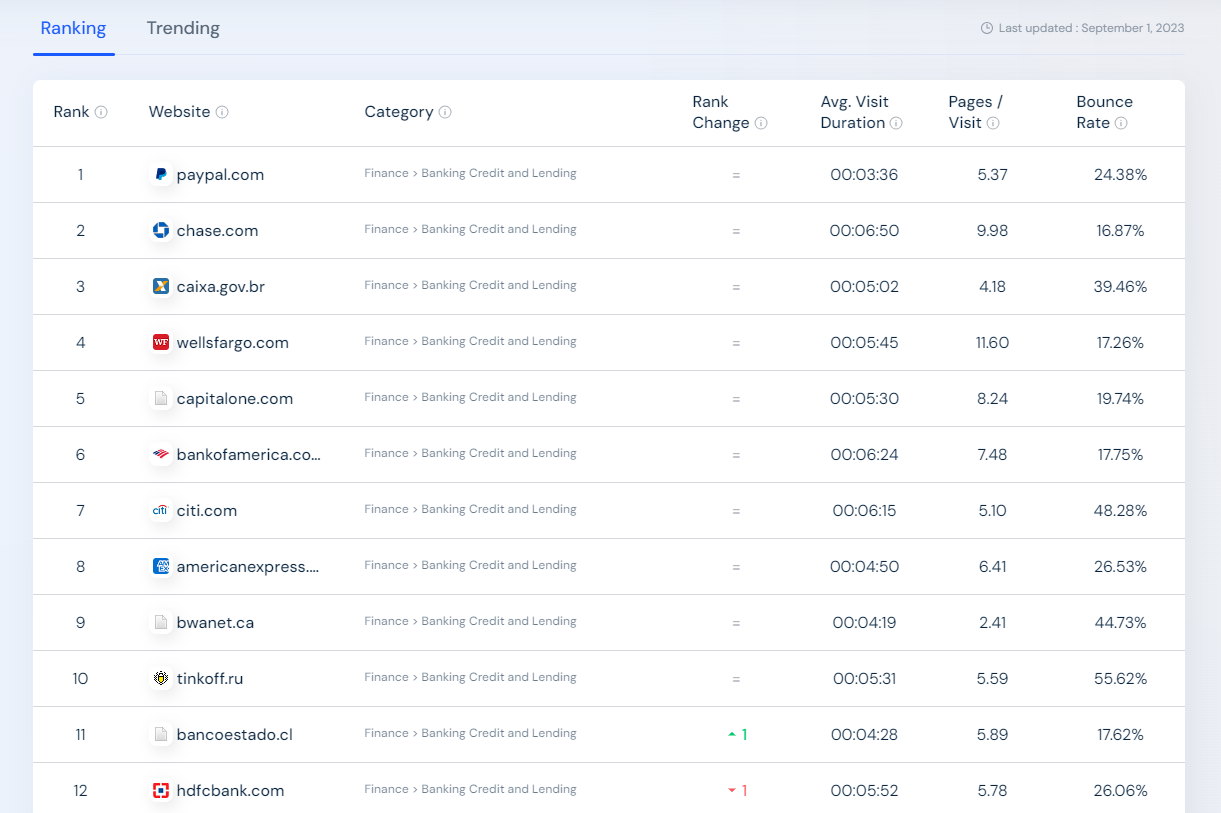
Understanding Search Volume and Intent for the Banking Industry
Understanding search traffic and purpose within the banking sector is essential to optimizing a bank’s website for search engines. Banks can learn more about what prospective consumers are looking for online by examining the amount of searches for particular terms and phrases associated with banking services. Afterwards, by using this data, targeted content strategies that meet the requirements and intentions of the user can be created.
Search Volume
Banks can target the most common search queries in the banking industry by concentrating on keywords with large search volumes while creating content. By taking this method, the website will be actively addressing the services and issues that consumers care about the most, which will increase the likelihood that people who are searching for these terms will find it naturally.
User Intent
Understanding user intent is crucial for delivering relevant content. This means considering the keywords themselves and the intention behind the search. Banks can customize their content to match consumers’ expectations and deliver the information they need by examining the context and goal of users’ internet searches. Because search engines give preference to websites that meet user intent, this will both improve the user experience and the website’s search engine ranks.
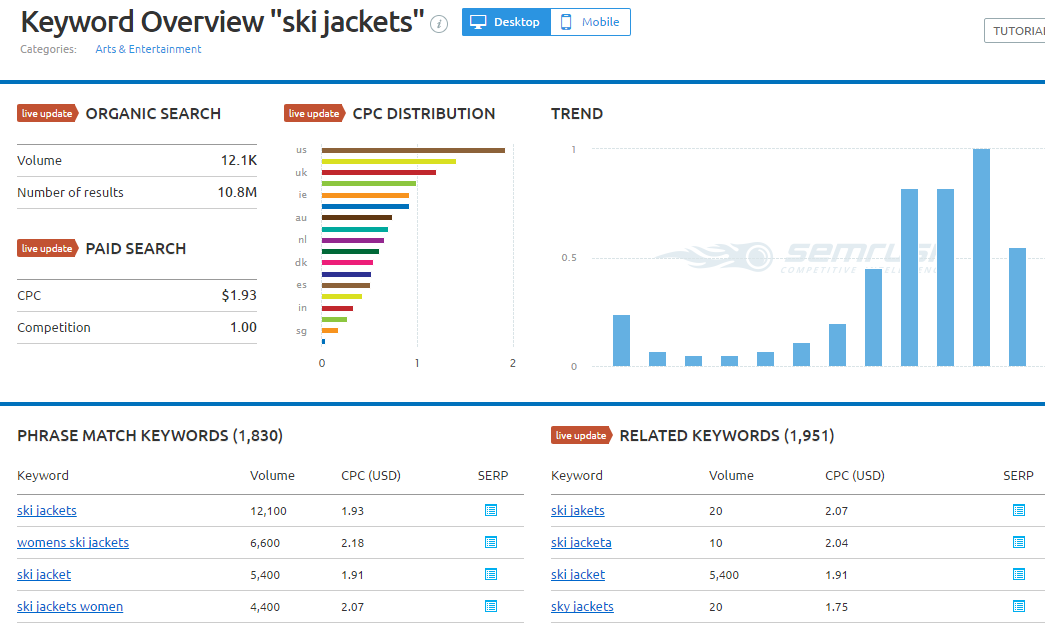
Analyzing Search Volume & User Intent Patterns
Analyzing search volume and user intent patterns is crucial in developing effective SEO content strategies for banks. By understanding the banking industry’s search volume and user intent, banks can optimize their online presence to better meet customer needs and attract organic traffic.
- Keyword research tools and analytics platforms – These tools provide insights into popular search terms and help identify trends in user behavior. This information allows banks to prioritize their list of keywords and tailor their content accordingly.
- Understanding user intent – Banks can gain insights into what users seek and their motivations by analyzing search queries. This insight helps banks align their content strategy with user needs, enhancing online visibility and providing a better user experience.
- Targeting relevant keywords – Targeting relevant keywords strategically throughout the content helps search engines understand the page’s relevance to specific search queries, ultimately improving organic search rankings.
Analyzing search volume and user intent patterns can identify popular search terms and align their content strategy to meet user needs. This targeted approach improves organic visibility and attracts more qualified prospects, resulting in a higher conversion rate.
The Importance of Utilizing Long-Tail Keywords for Banks
Long-tail keywords play a crucial role in the SEO strategy of banks. Here are a few significant benefits of utilizing long-tail keywords:
- Targeting specific customer needs: Unlike generic keywords, long-tail keywords are more specific and reflect the exact intent of potential customers. For example, instead of just targeting “credit card,” a financial services company might use a long-tail keyword like “low-interest credit cards for college students.” This allows them to attract customers who are specifically looking for that product.
- Improving organic search rankings: Long-tail keywords have lower search volume and competition than generic keywords. This makes it easier for financial services companies to rank higher in search engine results for these specific terms. By optimizing content around long-tail keywords, companies can improve their visibility and reach their target audience more effectively.
- Generating higher quality leads: Long-tail keywords attract users who are further along in the buying process and have a greater intent to convert. Financial services firms can draw in more qualified prospects who are more likely to become clients by focusing on certain consumer demands. Higher conversion rates and better quality leads are the outcomes of this.
- Attracting more qualified prospects to websites: Long-tail keywords help financial services companies attract users actively searching for a specific solution. These users are likelier to engage with the content and spend more time on the website. This improves organic search visibility, enhances the overall user experience, and increases the chances of converting prospects into customers.
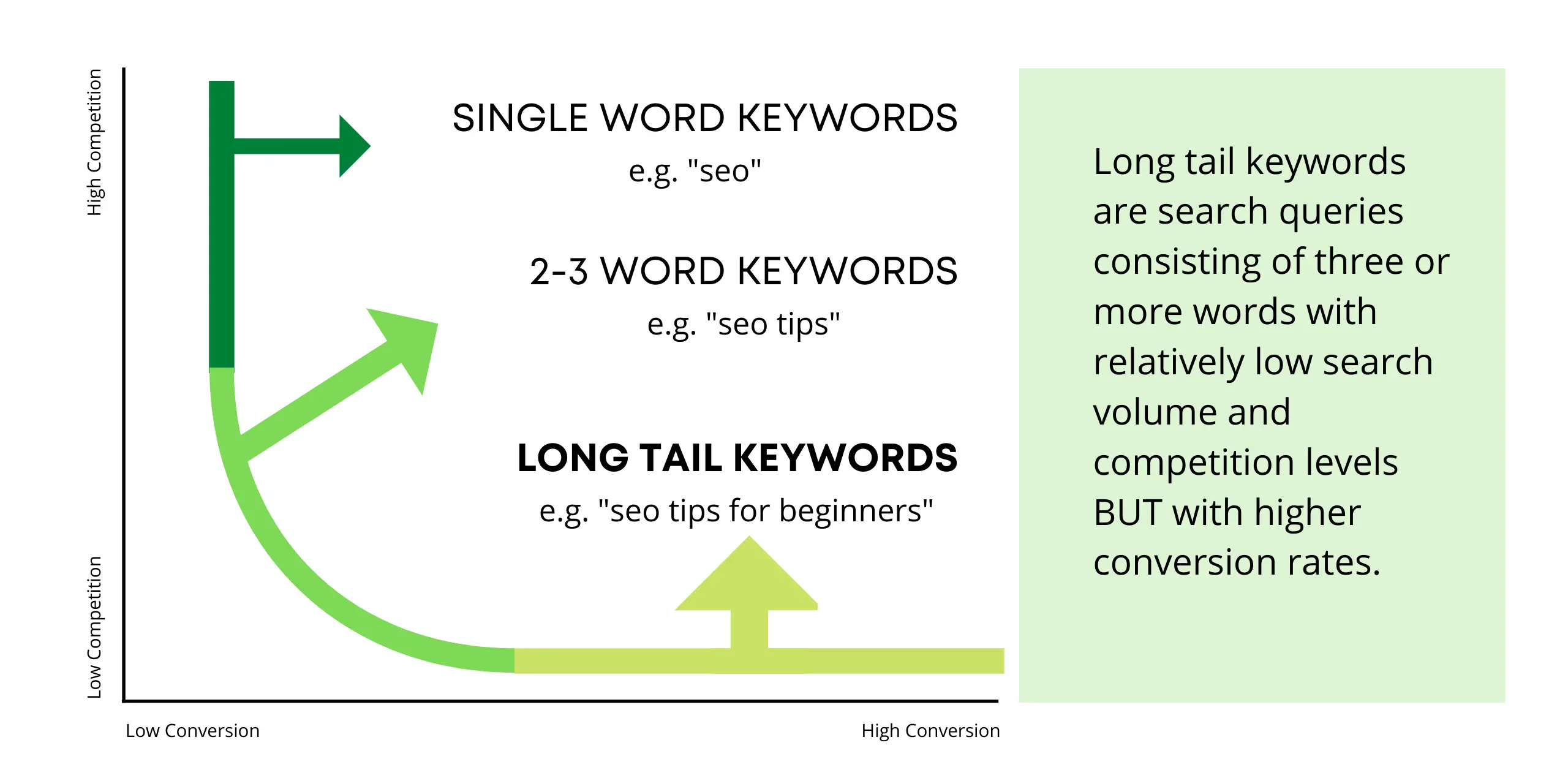
Optimizing Your Online Visibility
For banks, it is now essential in the digital age to maximize their online presence. In the banking industry, where competition is growing, institutions must differentiate themselves and draw in new clients. Banks may enhance their online presence and improve their organic visibility by putting smart SEO methods into practice.
Creating High-Quality Content for SEO
Creating high-quality content is essential for SEO in the banking sector. With the increasing competition and evolving customer behavior, banks need to establish a strong online presence to attract potential customers. Having well-crafted content can:
- Improve search engine rankings – When banks consistently produce valuable and informative content, search engines recognize their authority and expertise, resulting in higher rankings. This organic visibility attracts potential customers who are actively searching for financial services. Banks can capture a larger share of organic search traffic by leveraging relevant keywords and addressing search intent.
- Establish credibility – High-quality content allows banks to establish credibility and build trust with their target audience. Providing valuable insights, educational resources, and solutions to customers’ financial challenges positions banks as reliable industry sources. This helps to foster long-term relationships, driving customer engagement and loyalty.
- Increase customer engagement – To cater to diverse customer preferences, banks can leverage various formats of content. Infographics make complex information visually appealing and shareable. Videos, podcasts, and webinars provide engaging and interactive experiences. By adopting a multimedia approach, banks can effectively communicate their message, meet customer expectations, and stand out from competitors.
In the very competitive banking industry, banks must produce high-quality material for search engine optimization. It raises search engine ranks, builds trust, encourages client interaction, and eventually results in conversions. Banks may effectively interact with their target audience and establish a strong online presence by utilizing a variety of content forms.
Setting Up Google Business Profile & Online Reviews
Setting up a Google Business Profile (GBP) for a banking website is crucial in boosting online visibility and attracting potential customers.
Banks need to emphasize the services they offer within their Google Business Profile. By selecting the appropriate categories, adding keywords, and providing detailed descriptions, they can enhance their chances of appearing in relevant search results.
In addition to setting up their profile, banks should also actively seek out online reviews. Positive reviews boost visibility and build credibility and trust among potential customers. Encouraging happy customers to leave reviews on platforms like Google Business Profile can significantly impact their online reputation and ultimately attract more customers.
By fully utilizing their Google Business Profile and obtaining positive reviews, banks can improve their online visibility, stand out from competitors, and establish trust with potential customers. It’s important to consistently monitor and manage their online presence to ensure an engaging and positive experience for users.
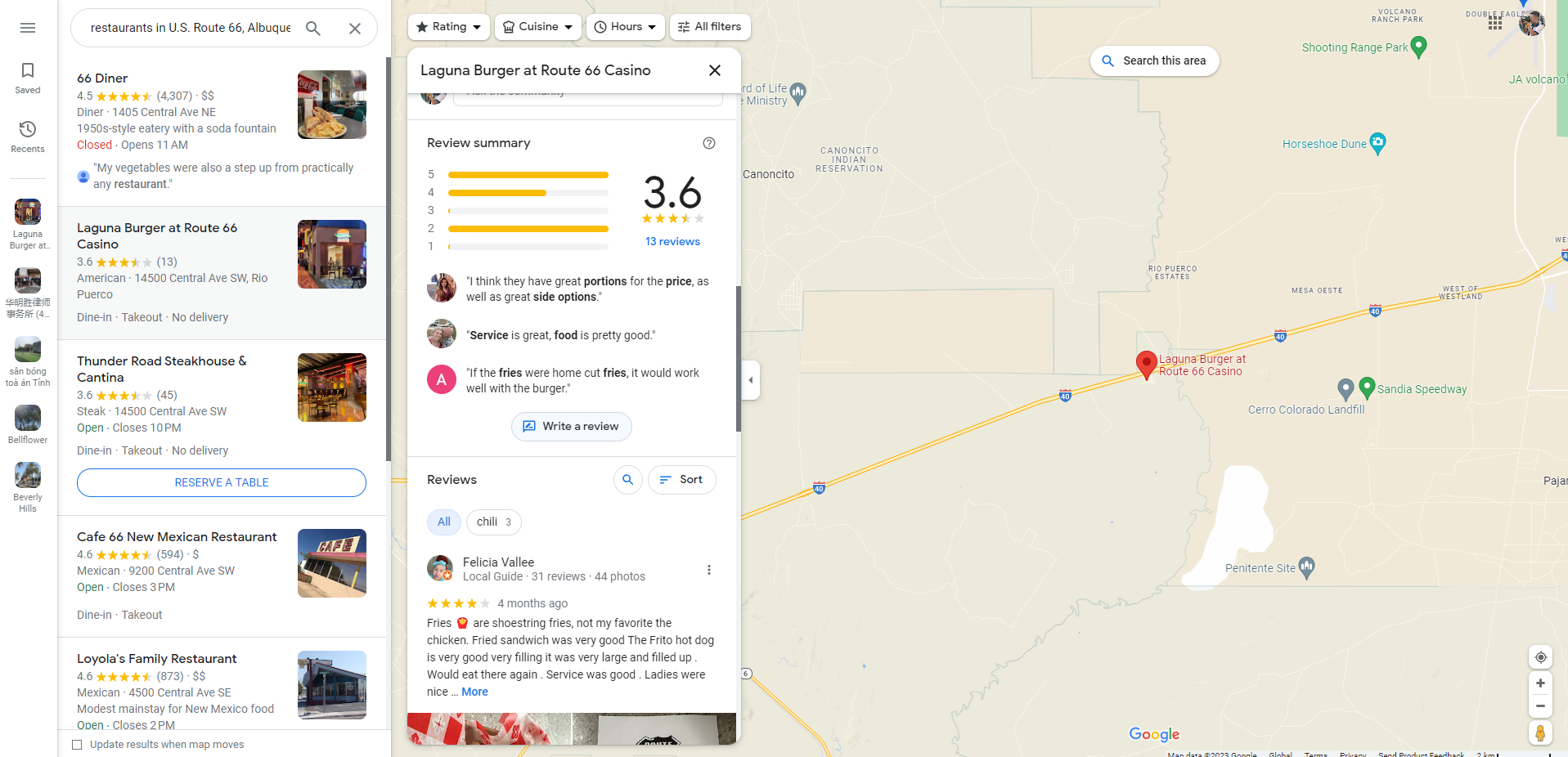
Improving Internal Links, User Experience, and Navigation Structure
Improving a bank’s website’s internal links, user experience, and navigation structure is crucial for enhancing its search engine optimization (SEO) performance and overall success. Internal links play a significant role in guiding users through the website, making it easier for them to find relevant information and services.
Internal links facilitate better site navigation and page indexing for search engine crawlers. Banks can increase their exposure in search engine rankings and convey ranking signals to key pages by strategically implementing internal links.
Furthermore, a well-structured and easy-to-navigate website improves user experience, reducing bounce rates and increasing users’ time on the site. A seamless navigation structure lets visitors quickly find the services or information they seek, enhancing their overall satisfaction.
To optimize internal links, banks should prioritize using descriptive anchor text that includes relevant keywords. This helps search engines understand the context and relevance of the linked page. Maintaining a reasonable number of internal links on each page is important, ensuring they are not excessive and do not dilute the importance of other important elements.
Maximizing Your Digital Marketing Strategy with Social Media Platforms
Social media platforms are vital in maximizing a bank’s digital marketing strategy. These platforms can attract website traffic and engage with potential customers, making them an essential tool for banks to leverage.
Using social media platforms, banks may communicate with their target audience, publish insightful material, and market their services in an efficient manner. Banks may boost brand awareness and attract visitors to their website by posting interesting material on social media sites like LinkedIn, Facebook, and Twitter. Through the dissemination of educational materials, films, and infographics, banks may establish themselves as a reliable resource for financial literacy.
Moreover, social media allows banks to engage directly with their audience through comments, likes, and shares. This interaction creates a sense of trust and builds a loyal customer base. Banks can nurture leads and convert them into satisfied customers by responding promptly to queries and providing personalized support.
Incorporating popular social media platforms into a bank’s digital marketing efforts is crucial. With its massive user base, Facebook offers a vast audience to target and engage. Twitter, known for its real-time conversations, allows quick updates and promotes timely offers. LinkedIn, a professional network, is ideal for reaching out to businesses and professionals and enhancing B2B opportunities.
A bank’s digital marketing plan must include social media platforms in order to engage potential consumers and maximize website traffic. Through the utilization of these platforms, banks may successfully advertise their offerings, provide insightful material, and engage with their target audience, thereby propelling their expansion and prosperity in the digital realm.
The SEO Agency Impact: A Closer Look at Your Options
SEO agencies significantly optimize a bank’s online presence through their expertise and resources in SEO content strategies. With their in-depth knowledge of search engine algorithms and industry trends, these agencies can help banks effectively navigate the competitive digital landscape and reach their target audience.
Here are the key aspects where SEO agencies provide value:
- Keyword research. Through thorough analysis of search volumes and competitor SEO keywords, these agencies can identify the most relevant keywords for a bank’s content. Without using keyword stuffing, banks can improve their organic visibility and draw in new consumers by deliberately targeting these keywords in blog posts, website content, and meta tags.
- Implement effective on-page optimization techniques to improve a bank’s SEO rankings. They optimize website elements such as title tags, meta descriptions, and header tags to ensure that search engines understand the bank’s offerings and can display them prominently in search results. This helps drive organic traffic and increases the bank’s online visibility in the banking sector.
- Develop content strategies that align with the bank’s marketing goals. By creating high-quality, informative, and engaging content, these agencies help banks position themselves as experts in the financial services industry. This boosts the bank’s credibility and enhances the digital customer experience, increasing conversions and customer satisfaction.
Partnering with an SEO agency offers significant benefits for banks. With their expertise in SEO content strategies and resources to optimize a bank’s online presence, these agencies are instrumental in driving targeted organic traffic and attracting potential customers in the digital landscape.

Baris Coskun
Baris Coskun is 8 years experienced SEO Expert that specializes in content and technical SEO strategy creation/implementation progress for large-scale, multilingual, and international targeting websites.

